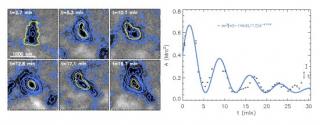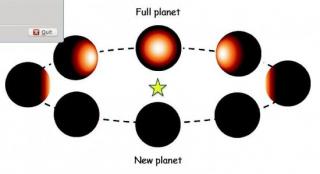
As we enhance the spatial resolution and sensitivity of spectro-polarimetric measurements, it becomes increasingly evident that highly dynamic magnetic fields permeate the whole quiet Sun. These weak magnetic flux concentrations emerge somewhat preferentially in granules, where plasma motions are more favorable for the magnetic fields to rise across the solar atmosphere. Surprisingly (due to their weak nature), organized structures in the form of Omega-shaped loops survive convective motions and reach higher layers, at least the lower chromosphere (Martínez González & Bellot Rubio 2009
Advertised on

